Sainte Claire d'Assise, 1944
Gouache and white chalk on cardboard mounted on panel; traces of squaring
Dated “1944” and located in “Saint-Etienne” on an old label on the back
69 x 58 cm
very tiny gouache skips on the edges
Born in Auxerre in 1895, Jean Burkhalter was a prolific creator, active in both the applied and plastic arts. He distinguished himself as a decorator, creator of silverware and fabric patterns, painter and drawing teacher. Painting remained his preferred medium. Reformed in 1914, he joined the École nationale supérieure des arts décoratifs in 1915. After completing his training in 1919, he exhibited at the Salon des artistes décoratifs and also presented paintings at the Salon d'Automne and the Salon national des beaux-arts.
In 1922, Jean Burkhalter was entrusted with the chair of drawing and composition at the École d'art industriel de Grenoble. During this period, he began a close collaboration with the Martel brothers. He designed furniture for the Grands Magasins du Printemps but also in collaboration with Pierre Chareau. Back in Paris in 1924, he was an active member of the Société des artistes décoratifs. He also participated in the creation of the UAM (Union des Artistes Modernes) in 1929, bringing together architects and decorators such as Robert Mallet-Stevens, Jean Prouvé, Charlotte Perriand and Le Corbusier. He notably created metal furniture with bold shapes, made of enamelled tubes, rope and wicker.
In the 1930s, Jean Burkhalter devoted himself more to painting. In 1934, his gouaches exhibited alongside sculptures by the Martel brothers were highly acclaimed by critics. He then moved away from the decorative arts and the Parisian artistic community by settling in his hometown where he took up the position of director of the Municipal School of Fine Arts, teaching drawing and composition. On the occasion of the 1937 Universal Exhibition, the artist presented only paintings with allegorical subjects and won a silver medal for his decorations for the Pavillon de la solidarité nationale, a work by Robert Mallet-Stevens. The following year, the city of Auxerre commissioned one of his largest decorations for the Maison du peuple, now the Auxerre theatre.
He continued his artistic career in Saint-Etienne where he was appointed director of the Regional School of Fine Arts in 1944, then in Limoges from 1946 to 1961. During this period, to which the work we are presenting belongs, he created decorations for religious buildings such as the Saint-Martin church in Oradour-sur-Glane.
This portrait of a nun in squares is dated “1944” on an old label on the back of the panel. It represents Saint Clare of Assisi (1194-1253), canonized in the 13th century. She wears the habit of a Franciscan nun and holds a monstrance. We know of two other portraits of saints, Saint Colette and Saint Stephen, linked to this one, without having been able to identify a decoration for which they would have been preparatory.

















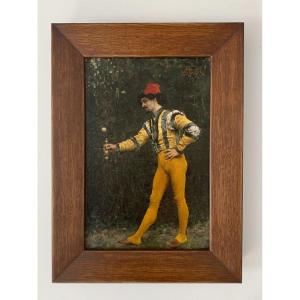

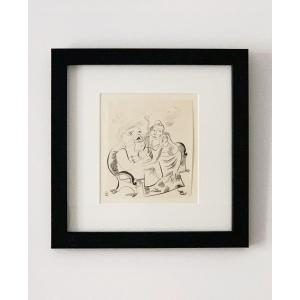

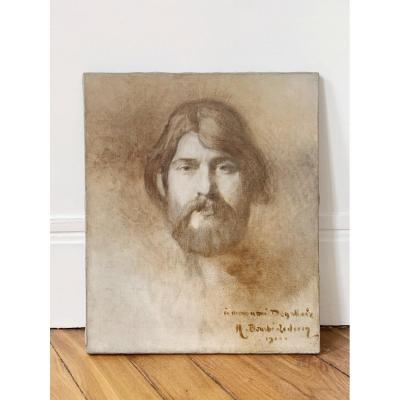
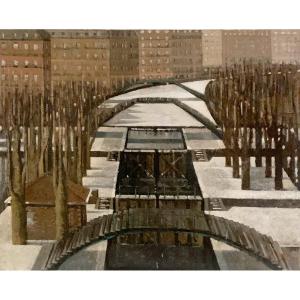

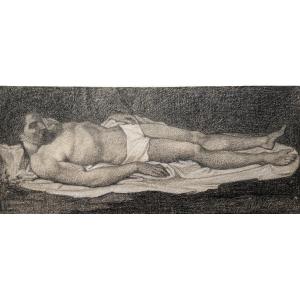

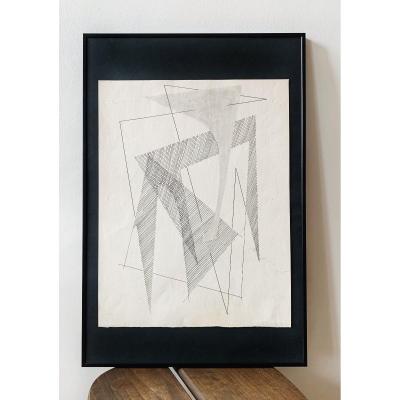


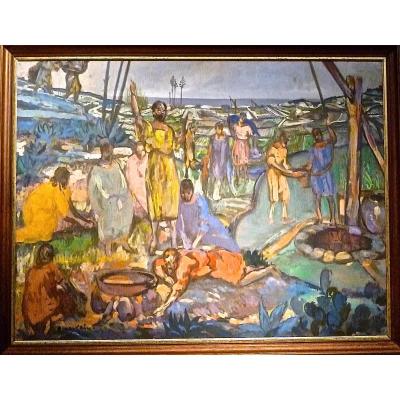



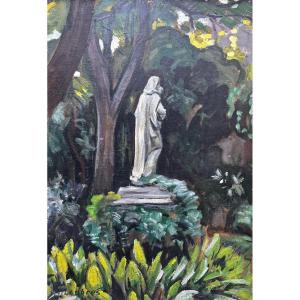



 Le Magazine de PROANTIC
Le Magazine de PROANTIC TRÉSORS Magazine
TRÉSORS Magazine Rivista Artiquariato
Rivista Artiquariato